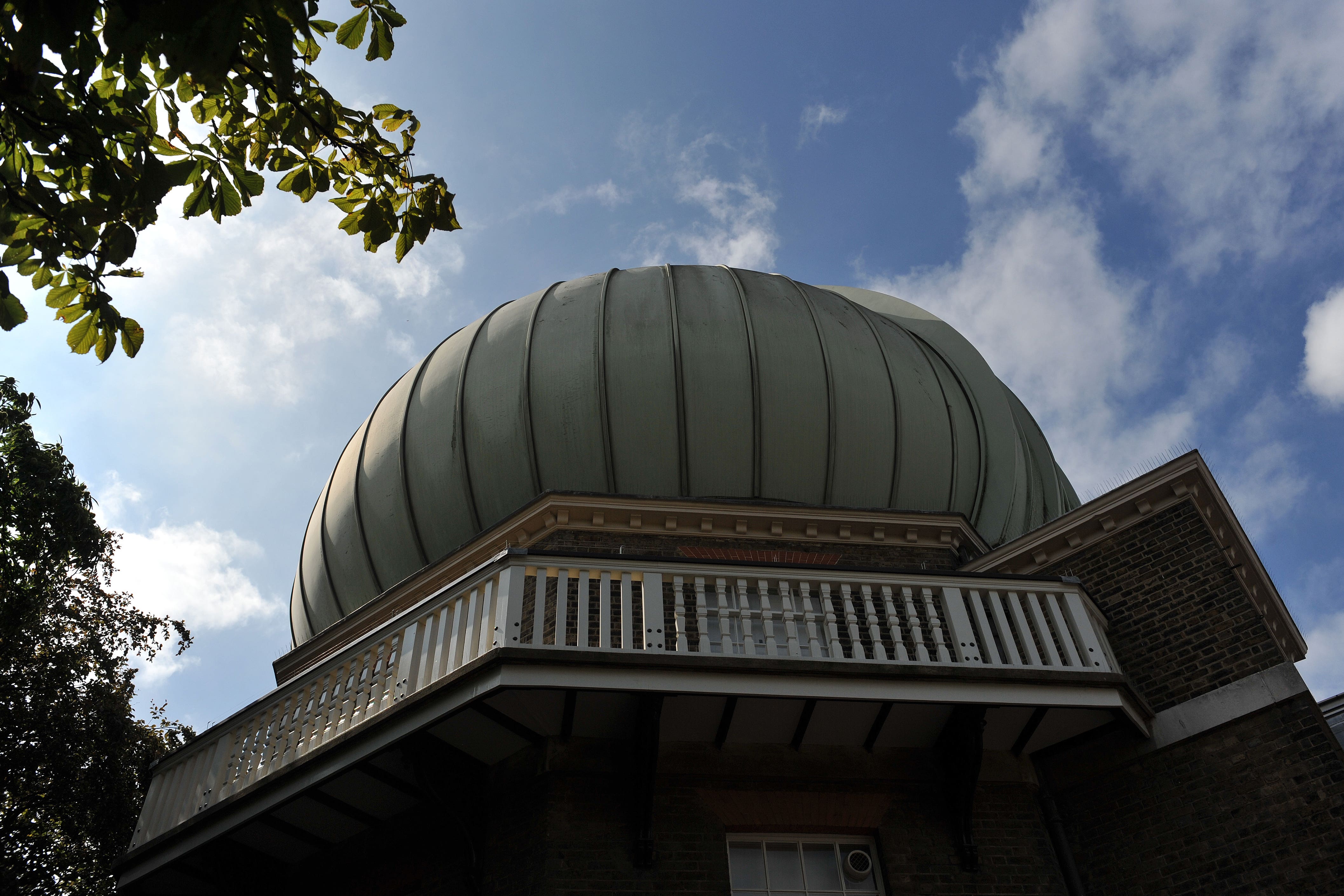Look to the west to spot ‘comet of the century’, says astronomer
Comet A3 was visible from the UK on Saturday evening.

Your support helps us to tell the story
This election is still a dead heat, according to most polls. In a fight with such wafer-thin margins, we need reporters on the ground talking to the people Trump and Harris are courting. Your support allows us to keep sending journalists to the story.
The Independent is trusted by 27 million Americans from across the entire political spectrum every month. Unlike many other quality news outlets, we choose not to lock you out of our reporting and analysis with paywalls. But quality journalism must still be paid for.
Help us keep bring these critical stories to light. Your support makes all the difference.
People in the UK should “look to the west” to spot Comet A3, an astronomer has said.
The comet, also known as Tsuchinshan-Atlas, was visible from the UK on Saturday evening and was pictured above the London skyline and over Dorset.
It has been called “the comet of the century” because of how bright and visible it could be, according to the Royal Astronomical Society (RAS).
Dr Greg Brown, astronomer at Royal Observatory Greenwich, said the comet “is visible in the early evening skies from the UK”.
Dr Brown told the PA news agency: “Low on the horizon at sunset, it is best to wait a while for the sky to darken a bit before trying to see it.
“Look to the west, just to the left of where the sunset was and, if you are lucky, it should be just about visible to the unaided eye.
“However, as it is rapidly fading as the days go on, a pair of binoculars or a small telescope will certainly help if you are struggling to find it.
“It is visible across the country, though a low western horizon is a must, and it certainly wouldn’t hurt to be out in the countryside where light pollution is less of a problem.”
Between October 12 and 30, people may be able to see the comet using binoculars or even with the naked eye.
The comet was only discovered in January last year, but astronomers said it would last have been visible from our planet around 80,000 years ago when Neanderthals were alive.
Subscribe to Independent Premium to bookmark this article
Want to bookmark your favourite articles and stories to read or reference later? Start your Independent Premium subscription today.